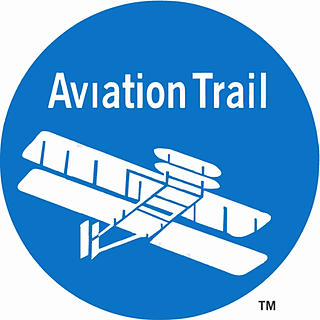January in Aviation History
- Aviation Trail
- Jan 8, 2018
- 1 min read

The first successful landing of a fixed wing aircraft on a ship took place on January 18, 1911 when aviation pioneer Eugene Ely set his Curtiss Model D Pusher down on a platform on the armored cruiser USS Pennsylvania in San Francisco Bay. It was also the first flight using a tail hook system. About two months earlier, on November 14, 2010, he had completed the first successful take off from a vessel when he flew from a wooden platform built on the bow of the USS Birmingham in Hampton Roads, Virginia. Earlier in 1910, Ely had started flying exhibitions for Glenn Curtiss. Curtiss was an advocate of the potential for military aviation, and drew the attention of US Navy Captain Washington Chambers, who was exploring this potential. Ely volunteered for the experiments, and went on to establish his legacy with these two historic flights. He continued to fly exhibitions, and was known for a daredevil style, which thrilled spectators. Just two days short of his 25th birthday, he crashed at an exhibition in Macon, Georgia, and was killed. Both Eugene Ely and Glenn Curtiss are enshrined in the National Aviation Hall of Fame.







Comments